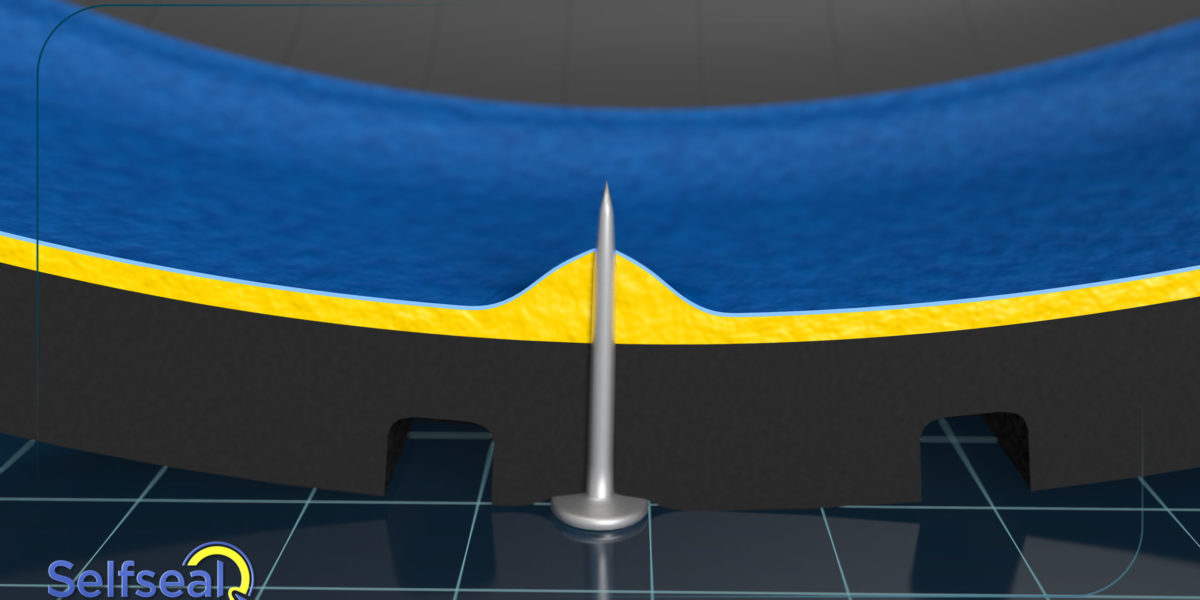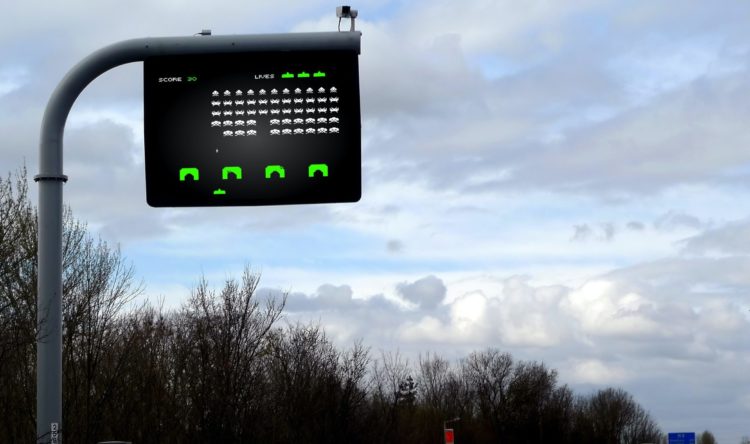No more puncture panics
New self seal tyres cut the need for spare wheels, improving safety and economy
A bane of the modern driving instructor when purchasing a new car is the lack of a spare wheel. Too often space saving wheels or aerosol repair kits are opted for by manufacturers wishing to save weight and space and improve economy figures. It also cuts costs for the manufacturer. But for the humble driving instructor, it means paying out more for an optional extra of a full size spare wheel.
If you get a puncture on the way to a test and you don’t have a full size spare, you and your pupil are in trouble. Cancelling the test and taking the hit in terms of money, delays and stress is the usual result. What about getting a puncture during a lesson? Yes, you can use the experience to teach a pupil what to do and how to change a tyre, but it’s yet another inconvenience.
Hot air?
One of the main causes of vehicle breakdowns in the UK is punctured tyres, whether it happens on the driveway or on the move.
It can be a particular problem on motorways where motorists may have no option but to stop on the hard shoulder. However, with the increase in live lanes on smart motorways, there is often no hard shoulder to utilise. Even limping to a refuge area represents an added and unnecessary danger to motorists.
There are now 375 miles of smart motorways criss-crossing the UK, 235 miles of which have no hard shoulder. So, being able to keep moving even when a tyre is punctured offers clear safety advantages. This is where technology such as MICHELIN’s SelfSeal system comes into its own nd could be a real bonus to ADIs too.
Mark Perbaums, Executive Vice President Sales, at Michelin believes the technology is a real “safety bonus”.
“They repair themselves while the vehicle is still moving. The driver isn’t even aware of what’s going on.”
Banishing jacks and wheel braces
The Selfseal tyre is claimed to seal a hole in the tyre tread at the very moment it is made. At the heart of this technology is a thin layer, few millimetres thick, of tough natural rubber based sealant applied to the inside surface of the tread.
As a punctures occurs, the pressure inside the tyre immediately forces the sealant against the foreign object as it penetrates. This stops air escaping from the tyre, and the tyre pressure stays constant. If the nail or other object falls out as the vehicle drives on, or if it is removed, the sealant is immediately forced after it, reliably sealing the tyre.
Michelin believes Selfseal tyres will plug around 90% of all tread punctures with a diameter of up to six millimetres that have been caused by nails and screws.
What’s more, the tyres don’t need to be replaced prematurely when they’ve been punctured. Vehicle owners can continue using them right up to the end of their normal service life.
Saving the planet too
Together with state-of-the-art tyre pressure monitoring systems, the solution can make driving safer and more reliable.
The layer of sealant does makes the individual tyres a little heavier. However, the technology actually saves weight by mitigating the need to carry a spare wheel or a repair kit. This cut down on fuel consumption. But here are further benefits too according to Perbaums:
“The slightly higher weight of the tyres has a positive impact on rolling characteristics and therefore on the driving performance of the tyres. The higher mass actually provides a smoother ride and reduces outside noise, too. This is a major plus point for electric cars in particular, since there’s practically no engine noise to be heard”.
Thanks to low rolling resistance of a the range of eco tyres now available, Self Seal tyres further improve the energy efficiency of an electric vehicle. Tests show they can extend an EV’s range by up to 7%.







